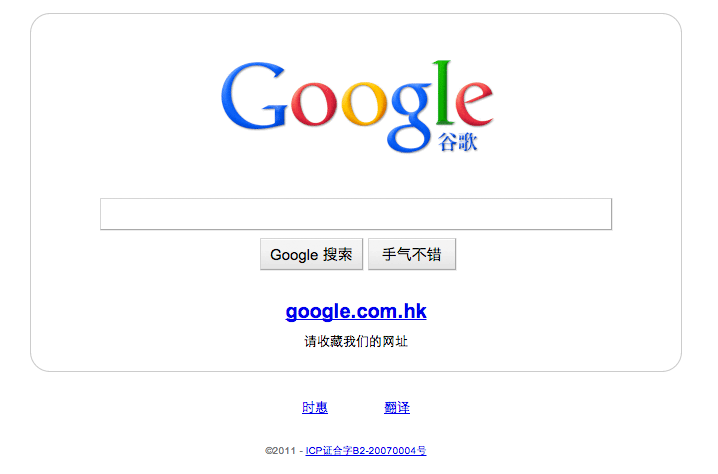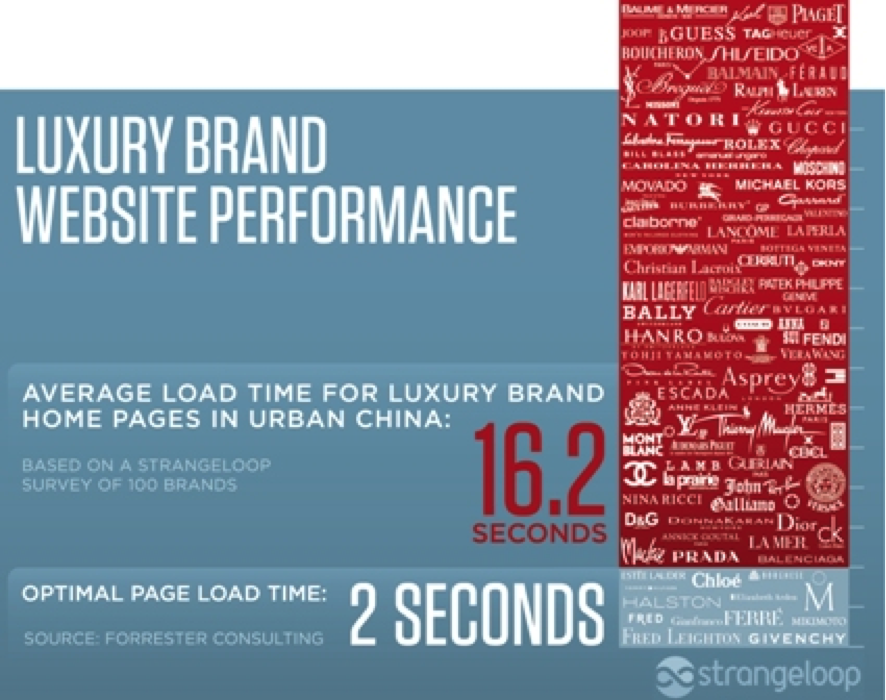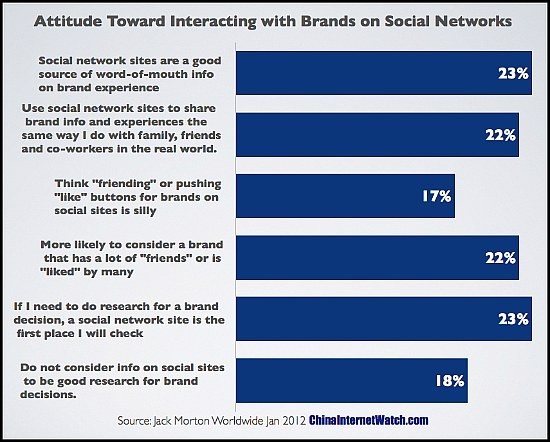
Btrax Design Company > Freshtrax > In Defense of C...
In Defense of Chinese Web Design

When I ask people what they think of Chinese web design, “bad” is the first word that comes up, with very little to follow. Here are the top four gripes I’ve heard about Chinese web design, and why I believe they’re invalid.
Too much text
Compared to image-heavy American websites, Chinese websites seem overwhelmingly packed with rows of unrelenting text. To us, it may feel like users are navigating denser pieces of claustrophobic content that have no way of being fully absorbed.
If it seems like a foreign language, that’s because it is. I’d wager that any foreign text looks overwhelming, especially one that is based on characters and does not utilize many spaces. What’s more, the actual language is much more minimal than English, having only around 100,000 characters compared to half a million.
Too many pop-up windows
Much like in life, I’m a minimalist when it comes to browser tabs and windows. So it annoys me every time I enter a Chinese site and leave with a dozen relics of my stay. But this makes perfect sense for Chinese surfing habits. Due to overcrowded servers and slow connection speeds, websites take much longer to load in China, and the time increases if you’re browsing international websites.
New windows allow readers to multitask and keep reading as they load, which is another reason websites contain more content per page. Saving users time and bandwith—to me, that’s good design. Though with the introduction of faster computers and internets speeds, user interaction and web design will surely change.

Not enough user interaction
Studies consistently show that Chinese users are more likely to engage with brands online, but what attracts them, what they share, and how they share it are different. Subtleties matter more. Chinese web design is, in one word, varied. The huge range of styles and features aim to serve a huge range of users, from senior citizens in big cities to Millennials in the countryside to startuppers working overseas. One thing none of these demographics are lacking is an opinion, which they love sharing both on and offline.

The Real Problem
The biggest challenge holding back innovation in Chinese web design is budget. Until companies prioritize the importance of design, the budget will remain miniscule, giving designers very little time to actually apply user data and creativity. This is why many take the easy route of “borrowing” from other websites, or creating a flashy homepage without enough substance. This will change when “risk” stops being a four-letter word, and there’s enough need to drive innovation.
Whether you’re a startup or large corporation, decisions in design will always affect your success. For the former, here are some reasons why Good Design is a Startup’s Best Friend.







